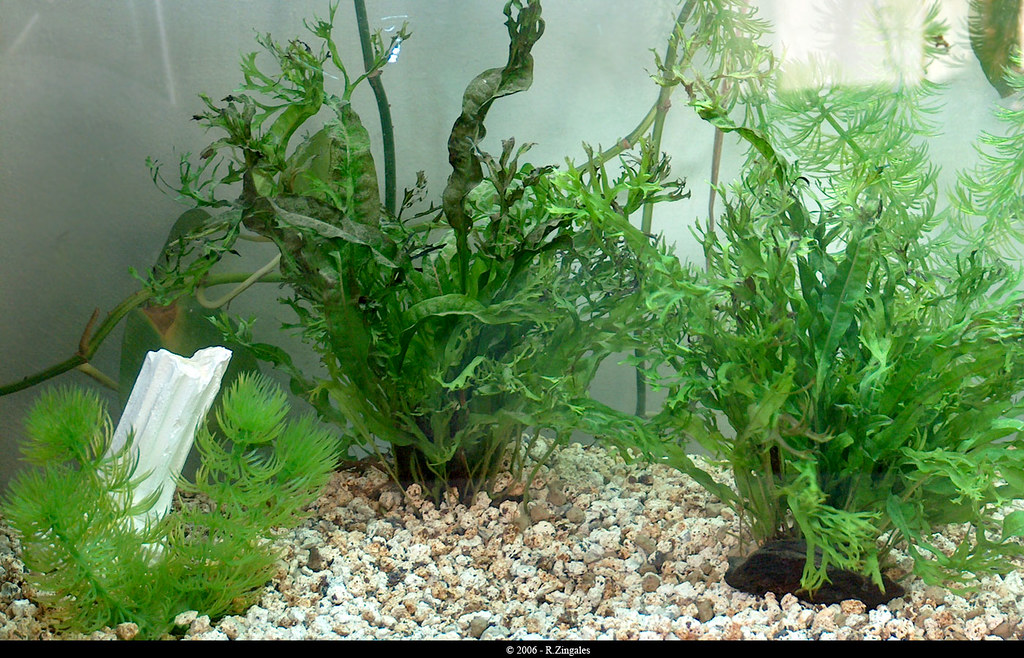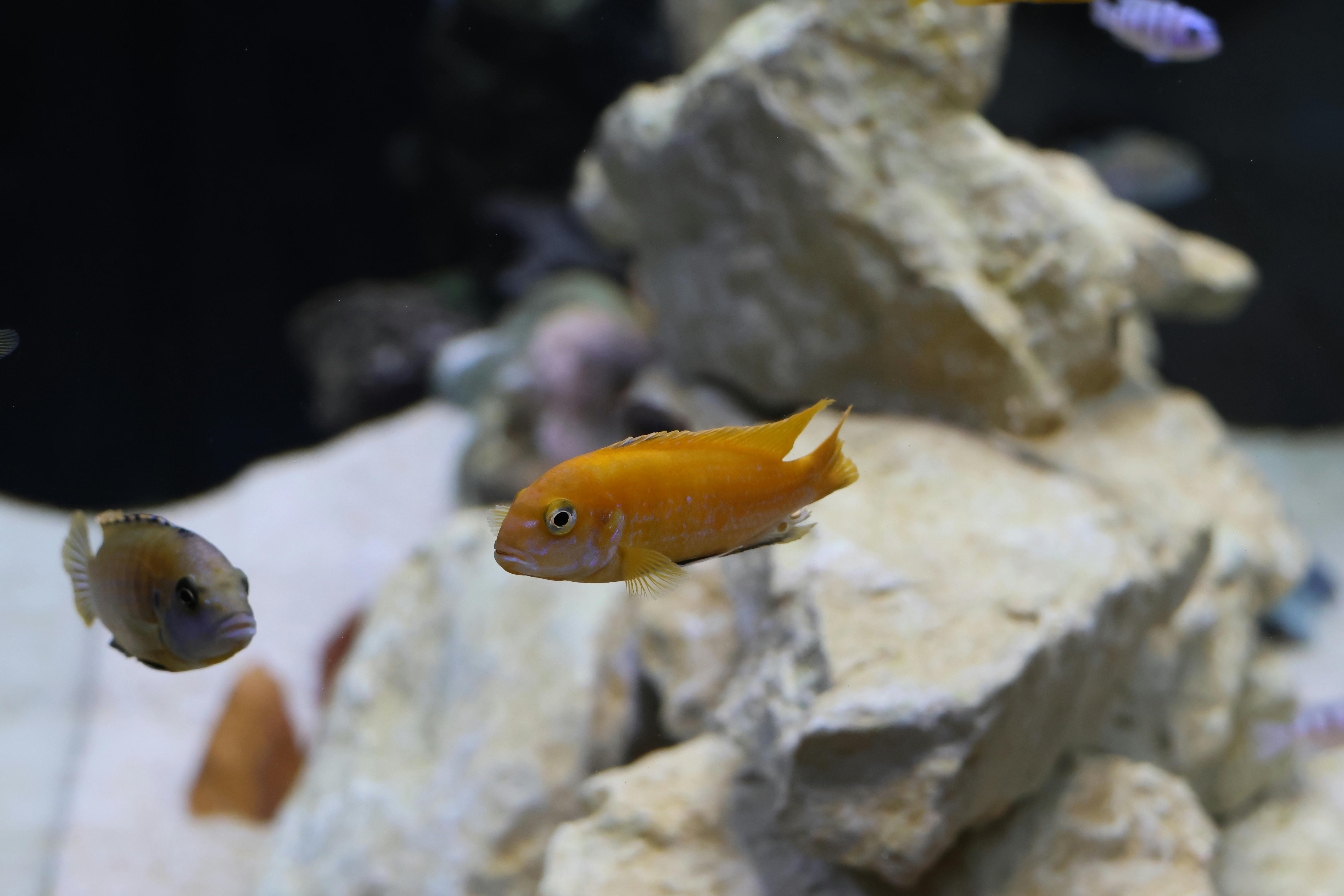Cleaning a used fish tank can feel like tackling an intimidating science project, but with the right steps and tools, you'll have it sparkling and ready for a fresh start in no time. Let’s walk through the process step-by-step to ensure your tank is safe and sanitary for its new aquatic inhabitants.

Check for Leaks and Assess the Tank
The first thing to do with a used fish tank is to ensure it holds water. Fill it in a sink, bathtub, or similar area and let it sit for 24-48 hours. Mark the water level to detect any leaks. While you're at it, take note of any grime, algae, or mineral build-up that might need extra attention.

Gather Your Supplies
Here’s a quick checklist of what you’ll need:
- Distilled white vinegar (1-2 gallons)
- Scrapers or razor blades (ensure they're safe for aquarium glass)
- Spray bottle
- Paper towels or microfiber cloths
- Shop vac (optional but helpful for large tanks)
- Buckets and clean water
Rinse and Scrub
Hose out the tank to remove loose debris, making sure to tilt it sideways to avoid stressing the glass. For stubborn grime, a gentle sponge or scraper works wonders. If you spot limescale or algae, don’t worry—vinegar will be your best friend for this task.

Use Safe Cleaning Solutions
Avoid soap—it's harmful to fish and hard to rinse off completely. Stick to these options:
- White Vinegar: Fill a spray bottle with a 50:50 mix of vinegar and water. Spray the mixture onto problem areas and let it soak for 10-15 minutes before scrubbing. This works well for limescale and mineral deposits.
- Bleach Solution (Optional): For persistent mold, use a diluted bleach solution (1 part bleach to 9 parts water). Rinse thoroughly until no smell of bleach remains.
Clean Decorations and Accessories
Remove all items from the tank and clean them separately using the vinegar solution or by scrubbing gently. Rinse them thoroughly to ensure no residue lingers that could harm your fish. To clean the interior surfaces of the tank more efficiently, consider using an aquarium magnetic cleaner, which makes tackling hard-to-reach spots a breeze.
Final Touches
Once your tank has been rinsed several times, fill it again with fresh water and let it sit for about 10-15 minutes. Drain it one final time, wipe it dry, and let it air dry completely for at least 24 hours. Once dry, inspect the tank for any remaining residue and remove it using an algae pad or razor blade, if needed. For an all-in-one cleaning experience, using a handy aquarium cleaning kit can save time and ensure efficiency.
Quick Comparison: How Vinegar and Bleach Work
| Option | Best For | Precautions |
|---|---|---|
| Vinegar | Limescale, water stains, algae | Rinse thoroughly to prevent pH changes |
| Bleach Solution | Mold, tough stains | Highly diluted; rinse until no odor remains |
Post-Cleaning Care
With your tank looking like new, it’s time to set it up for its future aquatic residents! Make sure to cycle the tank properly before adding fish, and keep algae and limescale in check with regular maintenance.
What’s your go-to trick for cleaning fish tanks? Share your tips in the comments or let us know about your tank-cleaning adventures!
Frequently Asked Questions
How to clean a second hand fish tank?
To clean a second-hand fish tank, use white vinegar mixed with water to remove dirt and limescale. This method is safe for fish as long as you rinse thoroughly before refilling. Avoid using harsh chemicals that may leave harmful residues.
What is the best way to clean a used fish tank without vinegar?
If you prefer not to use vinegar, you can scrub the tank with coarse salt and warm water. This effectively removes debris and algae build-up. Be sure to rinse multiple times to eliminate any salt residue.
Can I use bleach to clean a used fish tank?
Bleach can be used to clean a used tank, but it must be diluted (1 part bleach to 10 parts water) and rinsed thoroughly afterward. Allow the tank to air-dry completely to ensure no harmful residues remain.
What supplies are needed to clean a used fish tank?
To clean a used fish tank, you’ll need white vinegar or coarse salt, a clean sponge, scraper or brush for algae, warm water, and optionally a bucket for rinsing. Using natural, fish-safe supplies is crucial.
How soon after cleaning can I put fish in the tank?
After cleaning, ensure the tank is rinsed thoroughly and free of any cleaning residues. Let the tank sit for at least 24 hours to ensure it is safe before reintroducing fish.
As you embark on the journey of making your used fish tank shine again, remember, we're just a click away to keep the inspiration and tips flowing. Whether you're looking for more creative ideas or want to share your stunning tank transformations, don't hesitate to join our community. Dive into a sea of inspiration on our Pinterest boards, where you'll find endless ideas on aquatic decor. Follow us on Instagram for striking visuals that capture the beauty of aquatic life and more. If you're on social media, we'd love to hear from you—send us a tweet on X (formerly Twitter) or join the conversation over on our Facebook page. It's always exciting to see how your tanks evolve, so don't be a stranger—bring your aquarium adventures to our corner of the internet!
